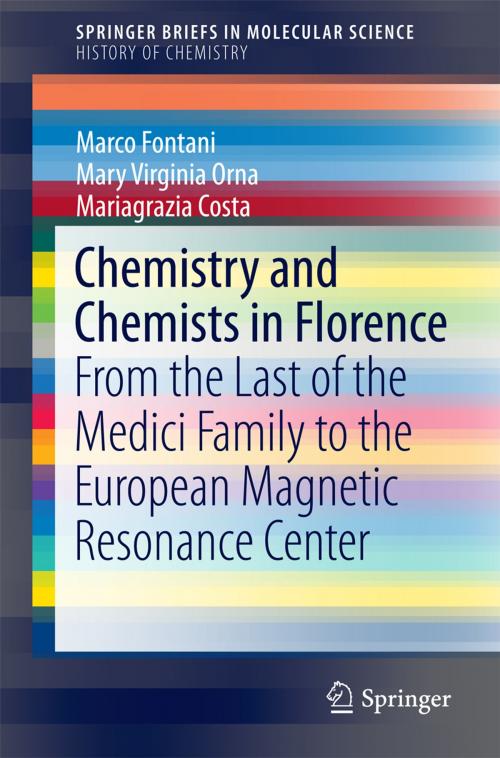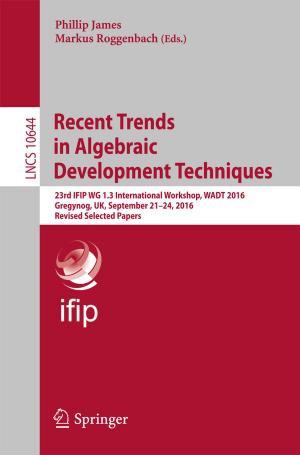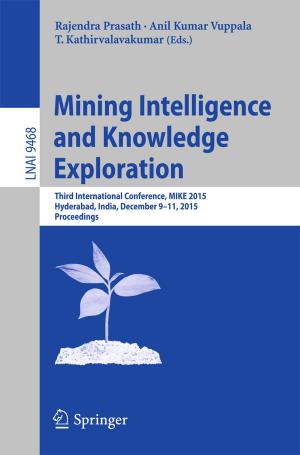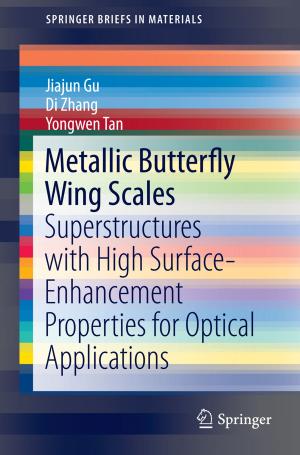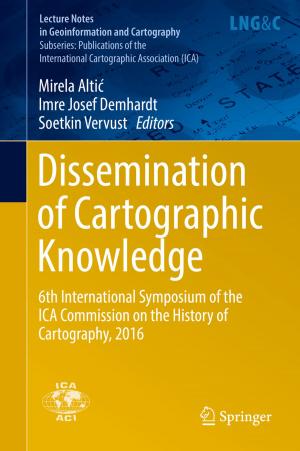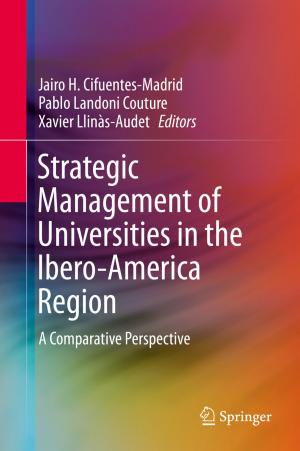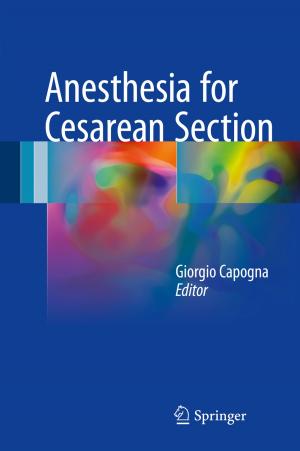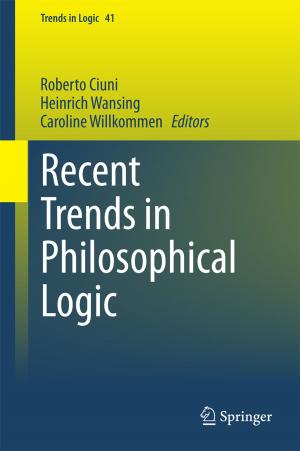Chemistry and Chemists in Florence
From the Last of the Medici Family to the European Magnetic Resonance Center
Nonfiction, Science & Nature, Science, Chemistry, General Chemistry, Other Sciences, History| Author: | Marco Fontani, Mary Virginia Orna, Mariagrazia Costa | ISBN: | 9783319308562 |
| Publisher: | Springer International Publishing | Publication: | April 15, 2016 |
| Imprint: | Springer | Language: | English |
| Author: | Marco Fontani, Mary Virginia Orna, Mariagrazia Costa |
| ISBN: | 9783319308562 |
| Publisher: | Springer International Publishing |
| Publication: | April 15, 2016 |
| Imprint: | Springer |
| Language: | English |
This brief offers a novel vision of the city of Florence, tracing the development of chemistry via the biographies of its most illustrious chemists. It documents not only important scientific research that came from the hands of Galileo Galilei and the physicists who followed in his footsteps, but also the growth of new disciplines such as chemistry, pharmaceutical chemistry, and biochemistry. It recounts how, in the Middle Ages, chemistry began as an applied science that served to bolster the Florentine economy, particularly in the textile dyeing industry. Later, important scientific collections founded by the ruling Medici family served as the basis of renowned museums that now house priceless artifacts and instruments. Also described in this text are the chemists such as Hugo Schiff, Angelo Angeli, and Luigi Rolla, who were active over the course of the following century and a quarter. The authors tell the story of the evolution of the Royal University of Florence, which ultimately became the University of Florence. Of interest to historians and chemists, this tale is told through the lives and work of the principal actors in the university’s department of chemistry.
This brief offers a novel vision of the city of Florence, tracing the development of chemistry via the biographies of its most illustrious chemists. It documents not only important scientific research that came from the hands of Galileo Galilei and the physicists who followed in his footsteps, but also the growth of new disciplines such as chemistry, pharmaceutical chemistry, and biochemistry. It recounts how, in the Middle Ages, chemistry began as an applied science that served to bolster the Florentine economy, particularly in the textile dyeing industry. Later, important scientific collections founded by the ruling Medici family served as the basis of renowned museums that now house priceless artifacts and instruments. Also described in this text are the chemists such as Hugo Schiff, Angelo Angeli, and Luigi Rolla, who were active over the course of the following century and a quarter. The authors tell the story of the evolution of the Royal University of Florence, which ultimately became the University of Florence. Of interest to historians and chemists, this tale is told through the lives and work of the principal actors in the university’s department of chemistry.
